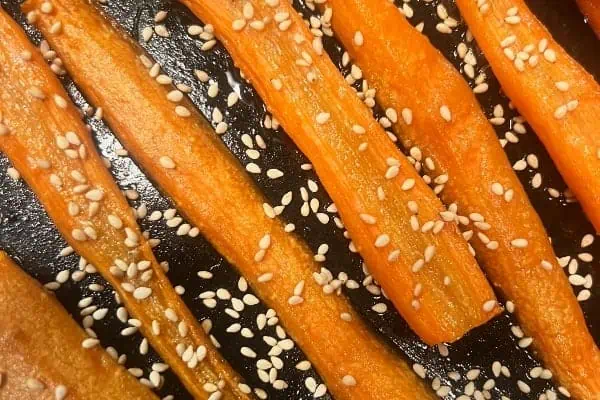Although women of Paris played an integral role in the French Revolution, once the dust
settled they were given a stern message by the new men in power: Stay home, tend to the children and leave the important business of governing to us.
By 1825, the post-revolution preoccupation of keeping women in their place was intense and it soon focused on a specific type of woman, the laundress. Laundresses were outspoken working-class women who didn’t have male masters at work.
Since working woman had a breadwinning role, they had much more say in the running of the home than their aristocratic sisters, where any form of education and empowerment was discouraged and the need to bring in an income was non-existent.
A laundress was her own master. She had very little overhead and worked alongside other woman. This resulted in a network of support, and the women could keep their children with them while they worked. It also created an underground communication chain and a camaraderie all their own, which fostered independent thinking.
Men trying to obtain complete power over women were threatened by the laundresses’ independence and resented them when they stood up for themselves. Working with government, these men soon dealt with the laundress problem by implementing a series of reforms, laws, regulations and propaganda campaigns aimed to get these women out of sight and under control.
By forcing them off the river banks and into organized laundry facilities (where men were in charge), some laundresses were subject to abuse, health risks and exploitation. This is the repressive environment that spawned a dance movement that would rattle cages for the next 200 years.
In the years between 1800 and 1825, high society was dancing the quadrille in ballrooms and dance gardens throughout Paris. The quadrille is a type of formal square dance in five parts. The final part, called the gallop, is an opportunity for couples to improvise and show some individuality. Upper-crust society danced a refined version of the quadrille, but when the dance hit the more gritty dance halls of the working-class neighbourhoods like Montmartre, the laundresses, factory workers, labourers and students took it to a whole new level.
First called the French cachucha, then the chahut, the frou-frou, the tittle-tattle and eventually, the cancan, the new dance soon became a favourite of working-class men and women in the dance halls of Paris. Each of its names loosely translates to mean ‘uproar’, which is exactly what the dance has always been.
When the cancan first emerged out of the quadrille, it was done by two couples. The men were the first to do high kicks and acrobatic, but it was the laundresses who exposed the frill of their petticoats while they kicked up their heels that sent the cancan into orbit.
Pious, puritanical men and women immediately denounced this as a crude activity and declared war on the cancan, thus planting the first seeds of perception that anyone doing the dance was low – and anyone watching the dance was lower still. Why? Because it broke the rules of polite society causing its eponymous uproar.
Until about 1836 the cancan remained an amateur dance; individual performers made up steps unique to them. This lead to certain dancers rising as local stars as they refined steps that became more and more intricate and difficult. During this period there was a Spanish Gypsy dance craze called the Fandango (an early version of Flamenco dancing) in which female dancers swished their colourful frilly skirts, teasing their male partners. The Fandango was a popular dance to watch throughout Europe and it didn’t take long for colourful frills and swishing skirts to become integrated into the cancan repertoire.
The polka arrived in Paris during this period and was creating a huge stir amongst the upper class. Denounced as immoral because couples danced in each other’s arms while spinning around the floor wildly, the polka soon became a sister dance to the cancan in the dance halls and the fast two-step of the polka became infused with the cancan.
As the early cancan evolved, legitimate composers began to sit up and take notice. In Part II of the cancan story, we’ll follow the dance into the world of opera, ballet and early vaudeville as it prepared to take the world by storm.




